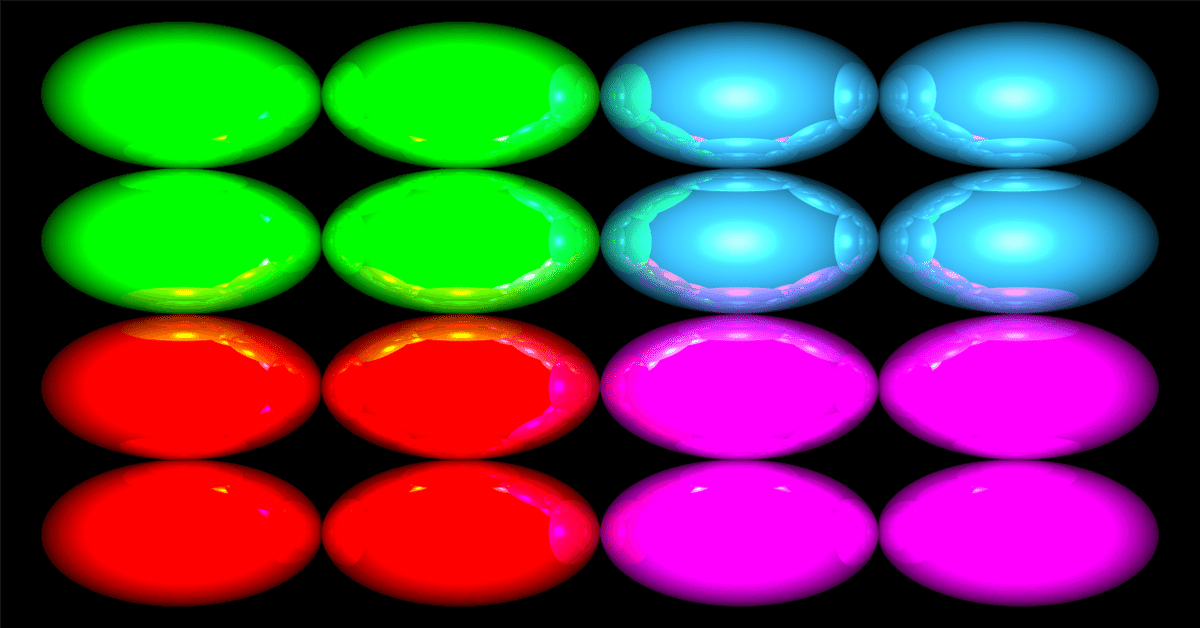
MBTI:感覚と直観が分からない ~本当に直観型は晩熟か? ←例外あり!~
昨年の大晦日から1月2日に掛けて、イブリースによる「S型は早熟、N型は大器晩成?」「早熟なタイプと晩熟なタイプを徹底解説する」
という記事が発表された。前半:S型のほうが器用で就職もスムースだが、中年以降成長になるとN型が成長し続ける、という所から出発して時間軸の話に移り、日本社会への適性を経て芸能人の活躍ぶりの違いで締めくくっている。後半:S・P型は早熟、N型は素養を伸ばすのに時間を要する点、J型は長期計画を考える点から晩熟、という所から出発してタイプ各論を詳細に解説している。イブリースのMBTIによる人間や社会の考察はどれも的確でいつもハッとさせられるが、本件も例外ではなくお奨めである。
さて本当に「S型は早熟、N型は大器晩成」だろうか。綾紫は直観型について記した以下の記事
ではS型=正確さ、N型=スピード、という特徴がある事を指摘した。そこだけ見るとS型=晩熟、N型=早熟であってもおかしくはない。MBTIの開発者Myers著"Gfts Differing"によれば
Dr. D. W. MacKinnon (1961) of the Institute for Personality Assessment and Research found that especially creative groups, whether architects, writers, research scientists, or mathematicians, are almost entirely composed of intuitives.
とあるように、数学者にはN型が多いとされる。而るに数学者Évariste GaloisやNiels Henrik Abel、Blaise Pascalは短命であったから、人生の早い間から名を遺すに値する才能を発揮したという意味で早熟である。こうした歴史的人物ばかりでなく、第10回京都賞を受賞したAndré Weilも講演
に於いて「7歳の時に、すでに数学に没頭し始めた」と述べている。また、必ずしも数学者ではないし、MBTIを併用していないのでN型かどうかも分からないが、45年以上という長きにわたって5000人以上の天才たちを追跡調査した研究"Study of Mathematically Precocious Youth"
では、"若い頃のSATや空間認識能力のスコアが高い人ほど将来、科学者、学者、フォーチュン500企業のCEO、連邦裁判官、上院議員、そして億万長者になりやすい"という傾向が確認されている。
数学者=N型というのは傾向に過ぎないし、最後の話題はそもそもJungやMBTIとは無関係である。その上、数学者が早熟か否か、についてはそういったエピソードがあったに過ぎず、統計的根拠は手元にはない。むしろ、少数派だからこそ却って目立っている可能性すらある。それ以上に課題なのがそもそも何がどうなれば「早熟」「晩熟」になるのか、明確な定義がないのですれ違っているかもしれない点だ(心の声:この可能性が一番!)。しかしやはり「N型=晩熟」とは限らないのも確かである。
追伸:Jungの場合
早熟・晩熟というより早く衰えるかそうでないか、という視点だが、JungはこれをE-I特性の現れと見做していたようである。E-I特性とS-N特性、独立はしてはいるが表面的ながら重なる面もある事をMyersもKeirseyも認めている。もしそうならばJungとイブリース、整合する。以下、証拠としてJungの "Psychological Types"の第9章The type problems in biographyの関連する部分を引用する。
Ostwald emphasizes that the romantic usually has to end his career relatively early due to excessive exhaustion. Ostwald is also inclined to explain this fact by the greater speed of reaction. Since I am of the opinion that the concept of mental reaction speed is far from being scientifically clarified, and since it has not yet been proven, and will hardly be proven, that the outward reaction is faster than the inward reaction, it seems to me that the earlier exhaustion of the extraverted explorer is essentially due to his peculiar outward reaction. He began to publish very early on, quickly became well-known, soon developed an intensive publishing and academic activity, cultivated personal relationships with an extensive circle of friends and acquaintances and, moreover, took an unusual interest in the development of his students. The introverted researcher began to publish later, his works followed each other in longer intervals, were mostly sparse in expression, repetitions of a topic were avoided unless something fundamentally new could be brought forward; as a result of the concise laconicism of the scientific communication, which often lacked any information about the path traveled or the materials worked on, his works were not understood and not noticed and so the researcher remained unknown. His disinclination to teach seeks no pupils, his lack of acquaintance precludes relations with a larger circle of acquaintances, and therefore he lives as a rule not only out of necessity but also out of choice, withdrawn from the danger of overspending himself. His inward reaction leads him again and again to the narrow paths of his research activity, which in itself is very strenuous and also exhausting in the long run, but does not allow any additional expenditure on acquaintances and pupils. However, the fact that the obvious success of the Romantic is also a life-enhancing refreshment, which is very often denied to the classicist, so that he is forced to seek his only satisfaction in the completion of his research work, is an aggravating factor. It therefore seems to me that the relatively early exhaustion of the romantic genius is based on the outward reaction, and not on the greater speed of reaction.
google翻訳を行い、綾紫が手を入れる。それでもおかしな日本語だが。なおロマンチスト、ロマン派は外向型、古典主義者は内向型、とJungは解釈している。
オストワルドは、ロマンチストは通常、過度の疲労のために比較的早期にキャリアを終えなければならないと強調している。オストワルドはまた、この事実をより速い反応速度で説明しようとしている。精神的反応速度の概念は科学にはほど遠く、外向きの反応が内向きの反応よりも速いということはまだ証明されておらず、証明されることもほとんどないだろうと私は考えている。外向型が早く疲れるのは、基本的に彼の独特な外向きの反応によるものであるように思われる。彼は非常に早くから出版を始め、すぐに有名になり、すぐに集中的な出版活動と学術活動を展開し、広範な友人や知人との個人的な関係を育み、さらに、学生の成長に並々ならぬ関心を示す。内向的な研究者は出版を始めるのが遅く、彼の作品はより長い間隔で次々と発表され、表現はほとんどまばらで、根本的に新しいものを提示できない限り、トピックの繰り返しは避けられる。科学的なコミュニケーションは簡潔で、辿った道筋や研究に使用した材料に関する情報が欠けていることが多かったため、彼の研究は理解も注目もされず、無名のままとなる。彼は、教えることへの嫌悪感は弟子を惹きつけず、知り合いがいないために広いつながりがなくなるが、そのため通常、疲れ果てる危険から身を引いて生活する。彼の内なる反応は、研究活動という狭い道へと彼を何度も導く。それ自体が非常に骨が折れ、長期的には疲れ果てるが、知り合いや弟子のために労力を割くことはない。しかし、ロマン派の明らかな成功は人生を豊かにする楽しみであり、古典主義者にはそれが叶わず、そのため彼は研究の完成にのみ満足を求めざるを得ないという事実は、自分でも腹立たしく思っている。したがって、ロマン派の天才が比較的早く消耗するのは、反応の速さではなく、外的な反応によるものであるように私には思われる。
